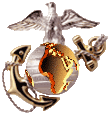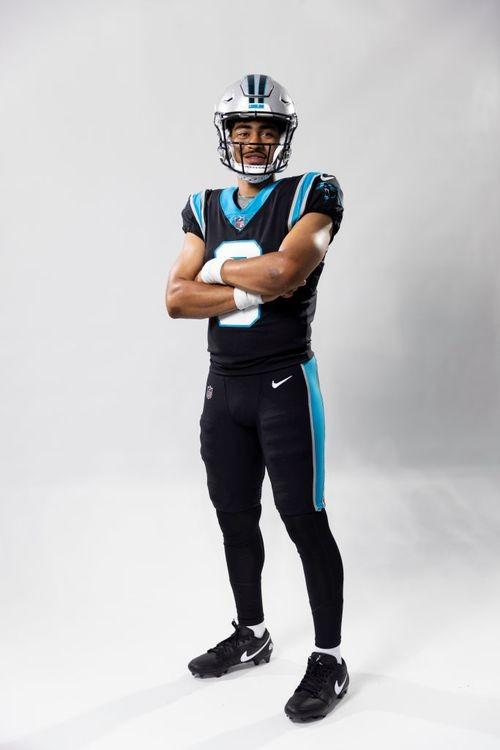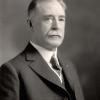-
Welcome!
Register and log in easily with Twitter or Google accounts!
Or simply create a new Huddle account.
Members receive fewer ads , access our dark theme, and the ability to join the discussion!
-
-

-
-
Topics
-
-
-
Posts
-
QuickBooks Enterprise is an accounting software for larger businesses with advanced features for managing finances, inventory, payroll, and more. Core Accounting, Inventory, Payroll, Payments, Reporting, Time Tracking, Integrations Advantages of QuickBooks Enterprise: All-in-one: Streamlines operations by managing everything in one place. Scalable: Grows with your business with its high user capacity and data volume handling. Advanced: Offers advanced features for inventory, pricing, reporting, and more. Security: Provides granular user permissions for data control. Disadvantages of QuickBooks Enterprise: Pricier: More expensive than basic QuickBooks versions. Steeper learning curve: More features can be complex to learn. Desktop-based: Limited accessibility compared to cloud solutions. Not an ERP: Not a full-featured system for very large corporations. QuickBooks Enterprise, while powerful for mid-sized businesses, does have some limitations to consider: Limited Features for Multiple Businesses: QuickBooks Enterprise struggles with managing multiple companies. Consider cloud solutions for this. Data Capacity Limits: There's a limit on how much data you can store. Report Customization Challenges: Customizing reports can be difficult. Desktop-Based Software: No remote access or easy collaboration. Limited Integrations: Integrations might not be as smooth as cloud options. Higher Cost: More expensive than basic QuickBooks versions. How to Deal with Problems & Issues with QuickBooks Enterprise? Dealing with problems in QuickBooks Enterprise can involve a few different approaches depending on the severity of the issue. Here are some steps you can take: QuickBooks Tool Hub: Install the latest version. It fixes common errors with company files, network, program, and installation. Intuit Support Website: The Intuit QuickBooks website has a helpful knowledge base with articles and tutorials on resolving common QuickBooks Enterprise issues https://quickbooks.intuit.com/learn-support/en-us]. You can search for specific error messages or browse by topic. Contact QuickBooks Enterprise Support +1-(833)-575-6111 (No Wait) by Phone: For pressing issues or if you're stuck, QuickBooks Enterprise offers 24/7 phone support. Call their support line at +1-(833)-575-6111. Online Contact: QuickBooks Enterprise support is also available online. Go to Help > Contact Us and choose chat or a callback.
-
By WUnderhill · Posted
Not to mention, the trade back in the 2nd was A++ in terms of value to pick up a future 2nd to move back 13 spots. The trade up for Legette was also excellent. Even if you hate the picks, the draft itself was extremely successful. They got the top RB in the whole draft in the middle of the second round. A RAS monster at WR. They got who many had as TE 2, a contested catch machine with ZERO drops, in the 4th. Another explosive RAS guy at LB to develop behind Thompson and Jewell. And we’ve got whiners in here saying we got no physical traits, a TE who can’t catch, and a RB who won’t start for 3 years. People just determined to complain whether they even know what they’re complaining about or not. -
Obviously it is not even close to offsetting the 5th rounder we swapped for a 6th rounder to move in to the first round for Legette to make sure we got the WR we wanted and secured the fifth year option. Combining the two we really messed up. Btw, this is sarcasm if that wasn’t clear.
-
-








Recommended Posts
Archived
This topic is now archived and is closed to further replies.